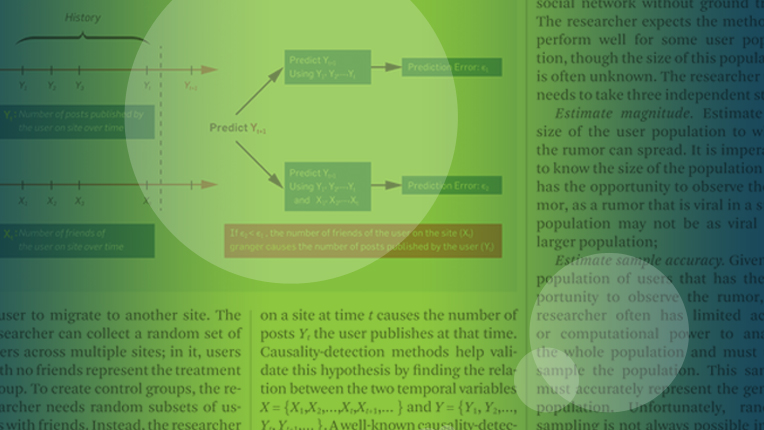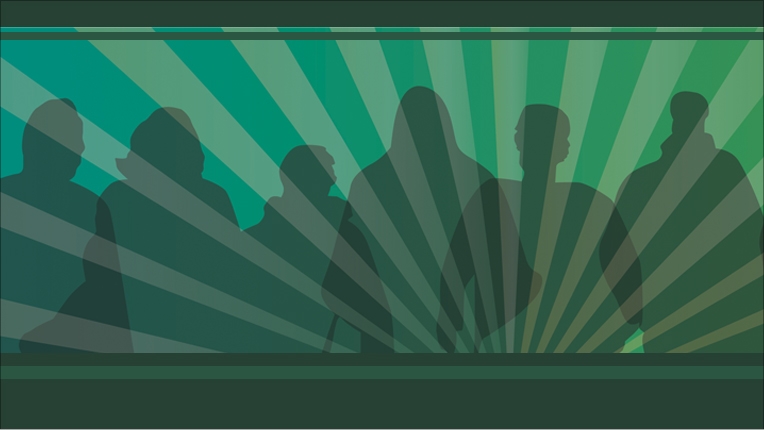ACM's Policies and Procedures
ACM's policies and procedures promoting standards of conduct for the computing field, addressing the following areas:
ACM Constitution
Code of Ethics
- ACM Code of Ethics and Professional Conduct
- Using the ACM Code of Ethics
- Software Engineering Code of Ethics and Professional Practice (includes multiple language translations)
Elections
Privacy
Harassment
Social Media
Awards
Publications
Publish Your Work
Publish with ACM
ACM's prestigious conferences and journals seek top-quality papers in all areas of computing and IT. It is now easier than ever to find the most appropriate venue for your research and publish with ACM.

Career Resource
Lifelong Learning
ACM offers lifelong learning resources including online books and courses from Skillsoft, TechTalks on the hottest topics in computing and IT, and more.

